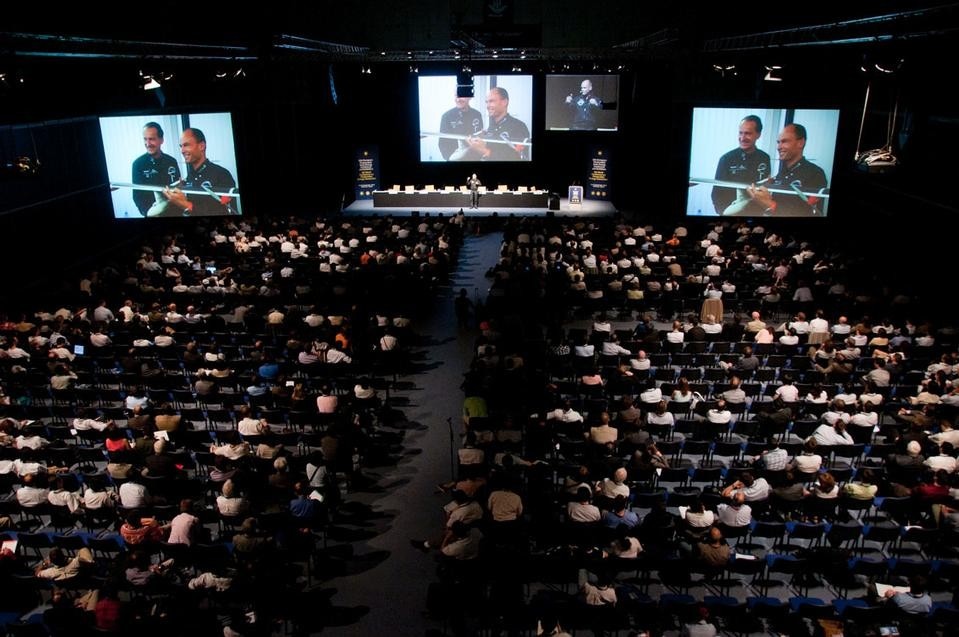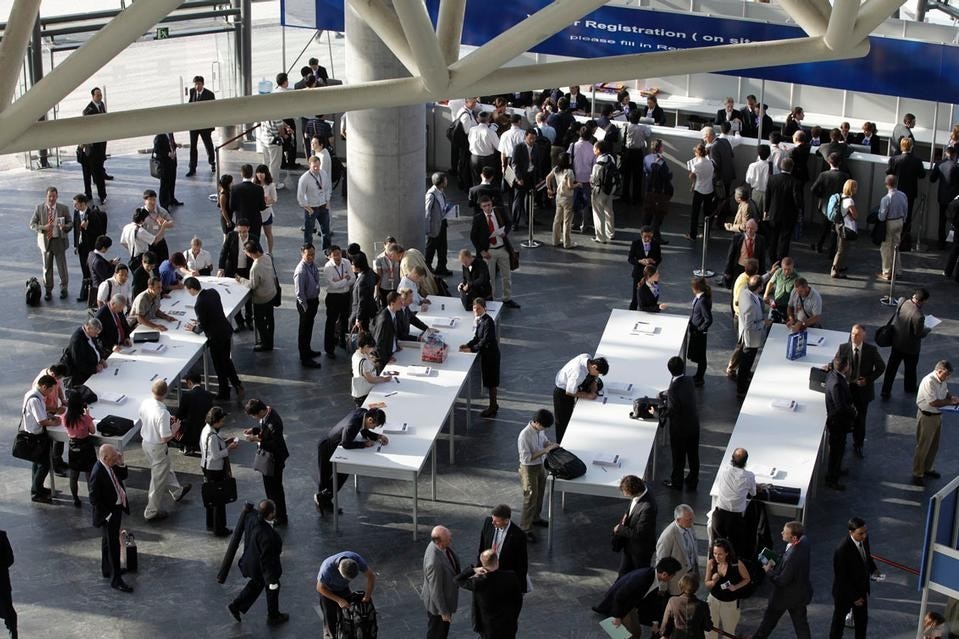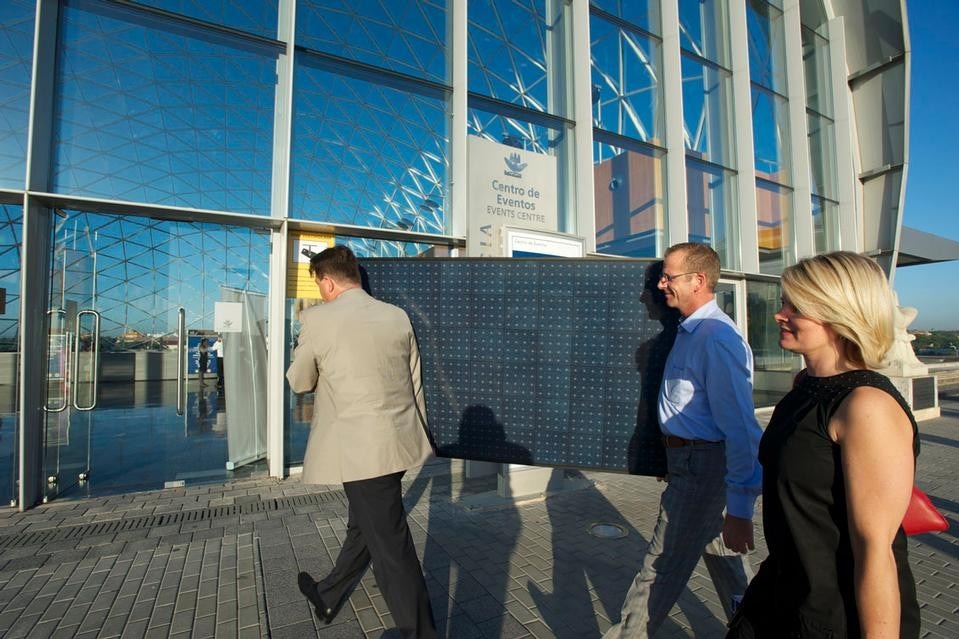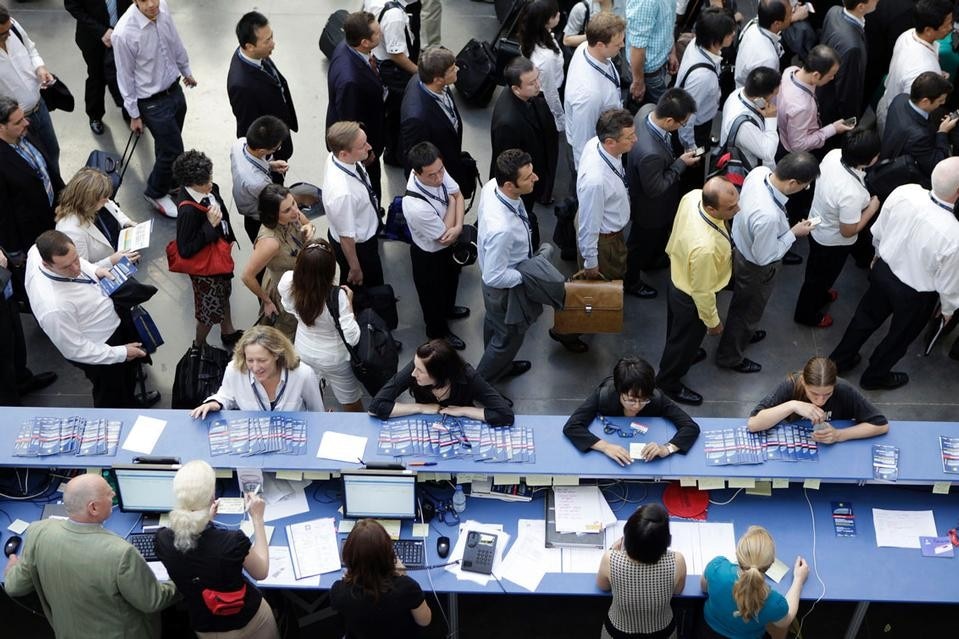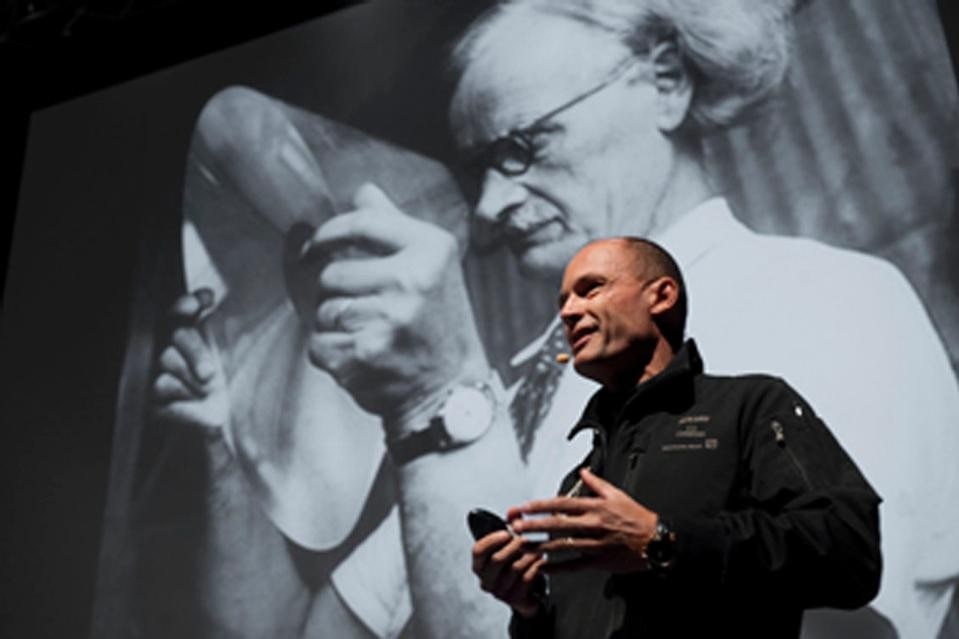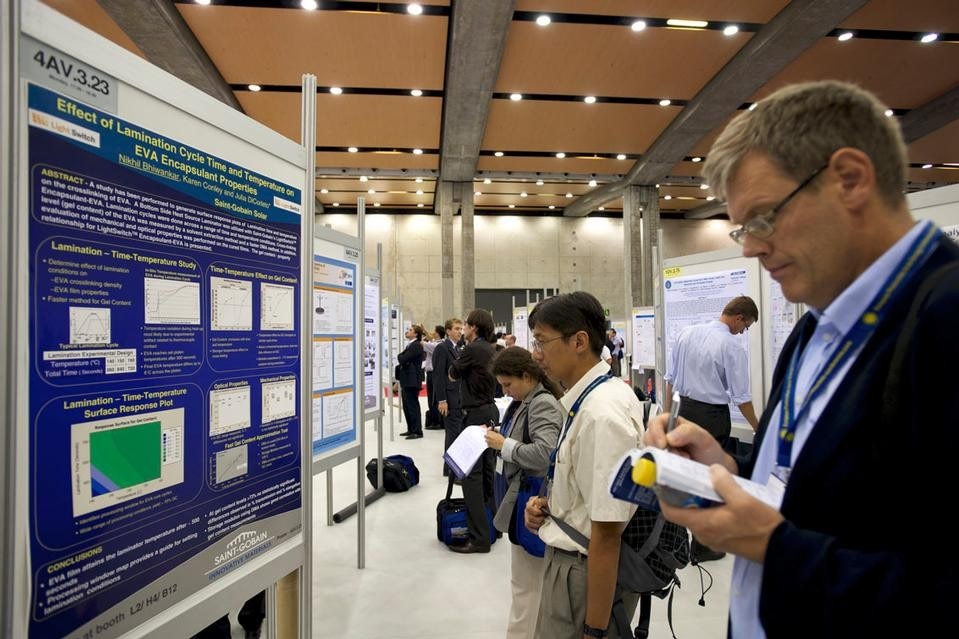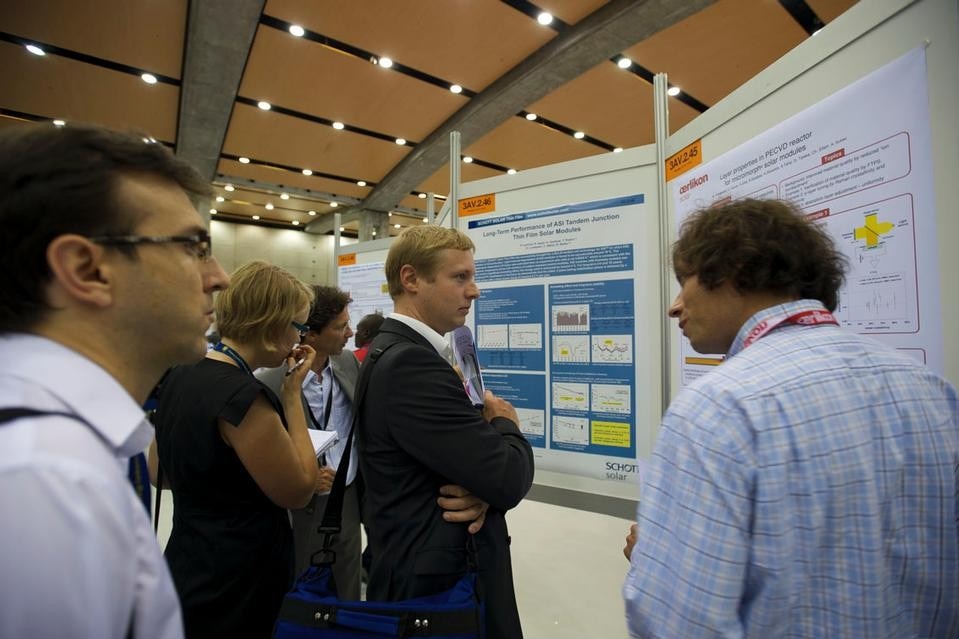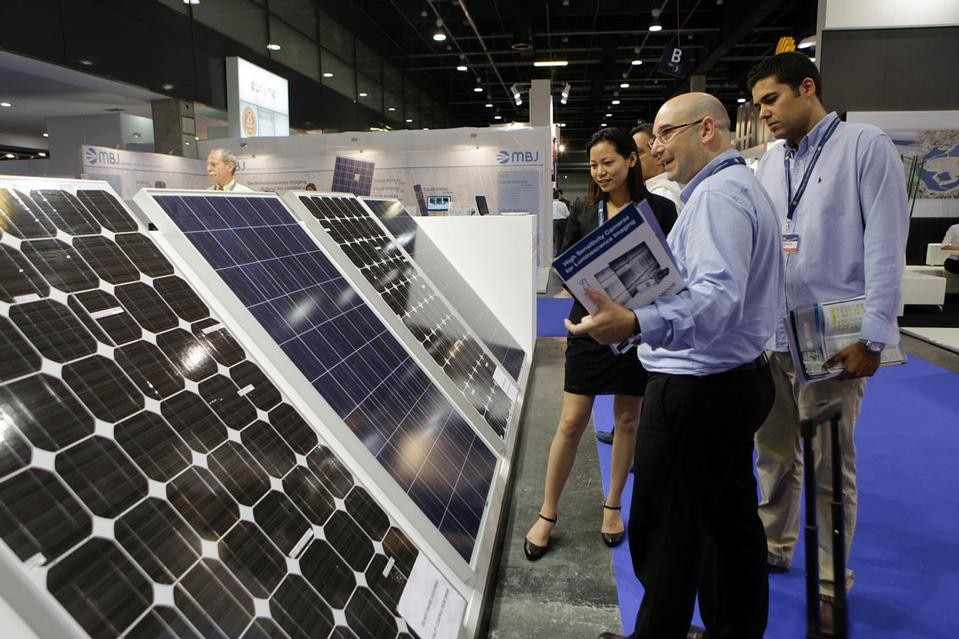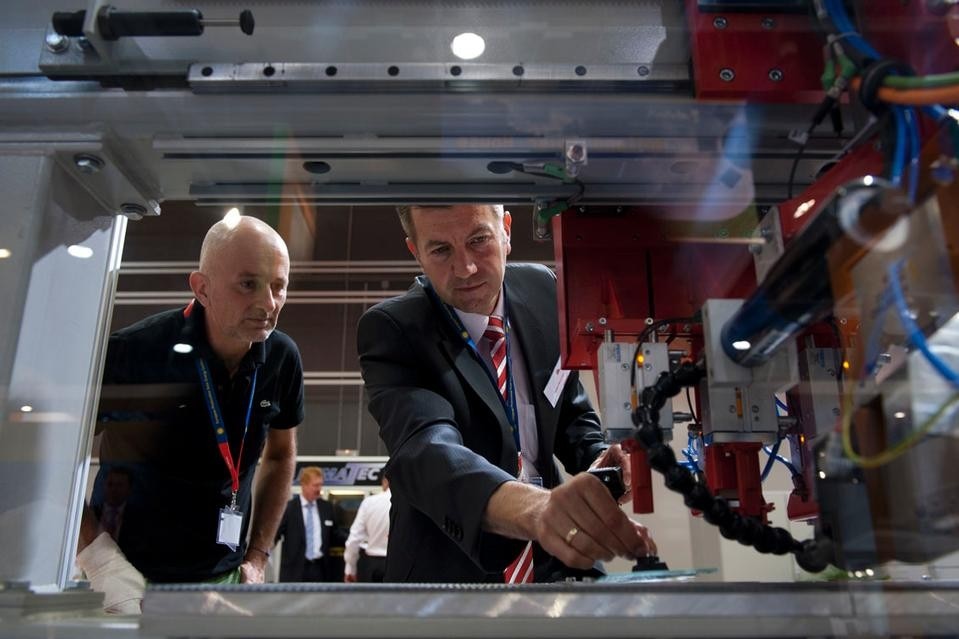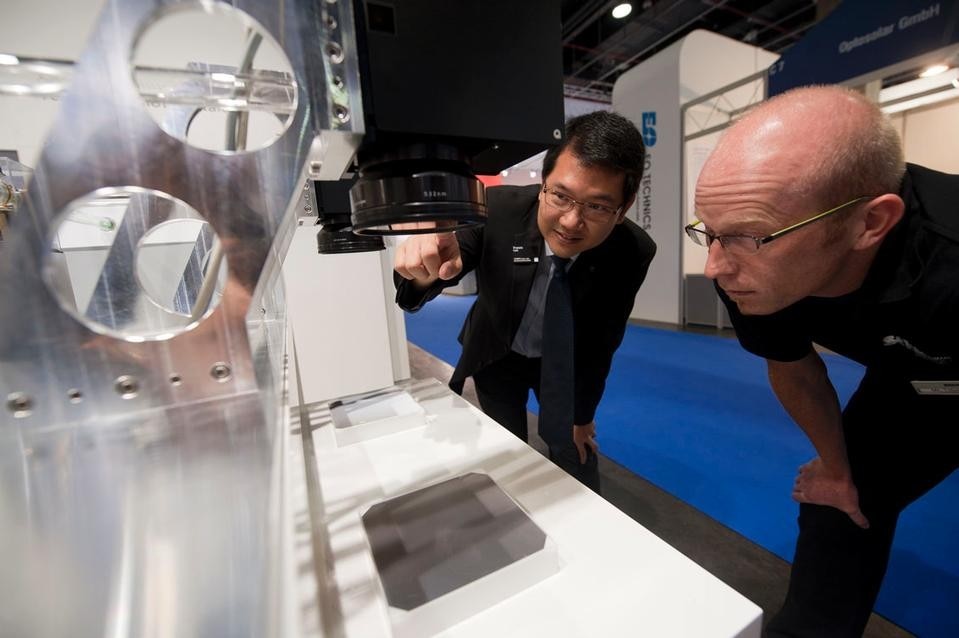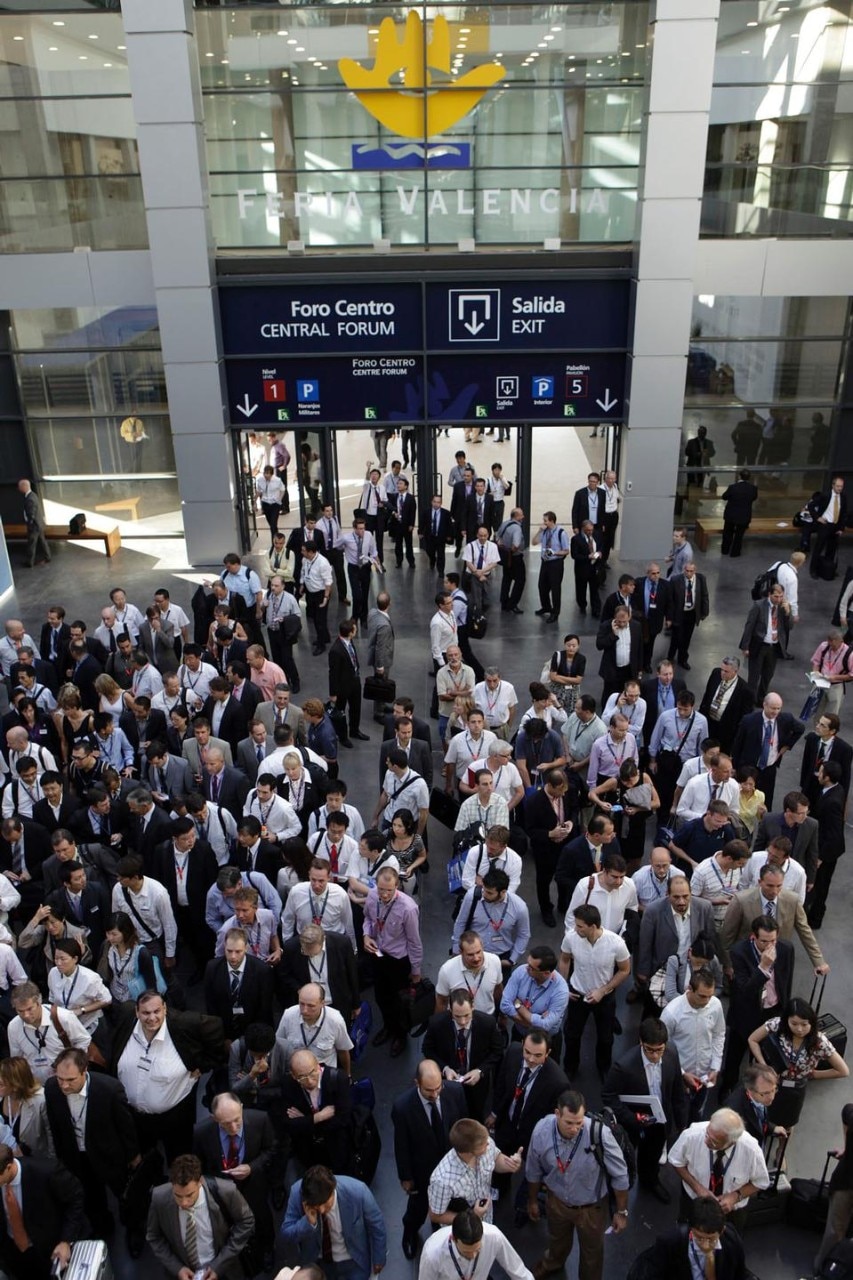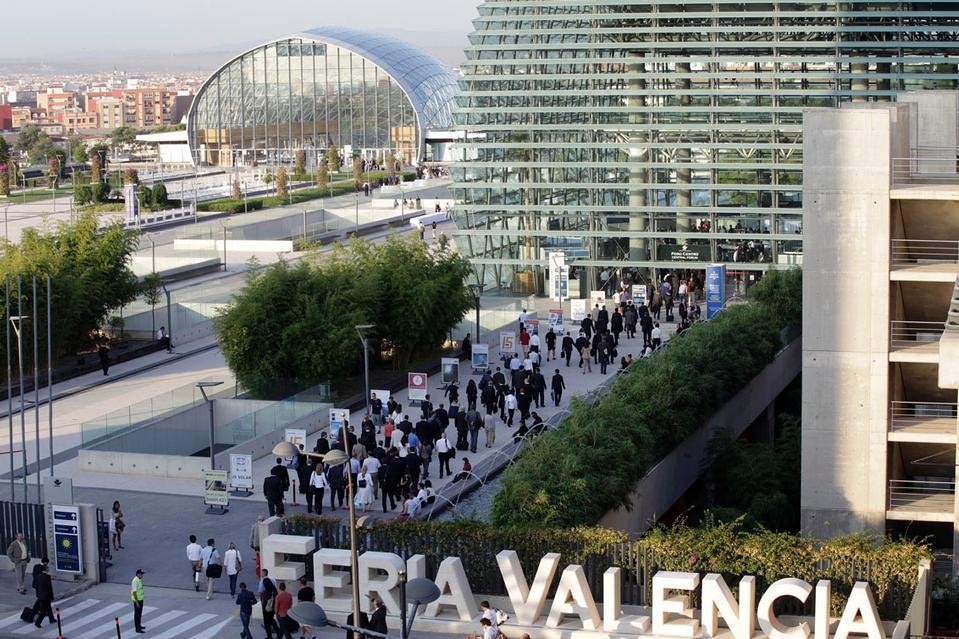The conference about which we write here (EU PVSEC to insiders) is not just another scientific gathering, and I will try to describe briefly the reasons why. In an objective and neutral way, we could say that the conference is a yearly opportunity for researchers, producers and politicians from all over Europe and all over the world to get together to discuss what is going on the fields of science and the photovoltaic industry in order to recognise challenges that have come up and that need to be met. For us Europeans, these challenges have a precise numerical identity: 20 percent of all energy produced must be of the renewable type by 2020 in the objective upheld by the European Union. But this description, although accurate, does not fully reflect the extent of the conference.
Let us start by saying that, compared to other similar events, this is where discussion between different fields is possible par excellence. So much so, that the event is sometimes snubbed by researchers who are unwilling to look beyond their own rigid disciplinary confines. For them, the conference is too heterogeneous, too large and too chaotic. In reality, "exchange" between disciplines does not mean "non-specialised". Here there are 4.540 registered conference delegates, 1600 scientific presentations and 963 exhibitors. Then 38.000 visitors come to find out what is happening, to browse the present and find indicators for the future. It is so suitable for exchange because it is made up of people looking, taking notes, walking around and talking, talking, talking. You can speak to people from all over the world, and meet them again next year to discuss the latest findings once again.
Exchange means a river of people milling about the fairgrounds and the science locations where products are presented: modules, cells, inverters and different types of machines. Research on different topics is presented, possibly pointing to how new products can be developed. A conference of this type is like setting up a continuous cycle: the people themselves are the actual agents of exchange by moving around in a closed space where this process takes place. If you look closely at the image that all this composes, the separate rooms where the presentations take place, with people constantly entering and exiting in order not to miss anything that is of interest to them, or the multitude of stands, the diversity of the products, then is this not a good image with which to describe the complexity of our knowledge and scientific and technological research today? Does it not portray the difficulty of keeping it all together in the concreteness of our daily lives?
I think the answer is yes, and it is particularly significant that this event has dedicated space to architecture. Because the same people we described above, a continuous flux, will have an exchange, bring home a piece of new knowledge and sensibility that makes them conscious of the fact that architecture can be the key to introducing photovoltaic systems to our lives and cities. They will know that architects are already using the products of their scientific or industrial research with much satisfaction.
If this is so, if exchange is already underway, does that solve everything? Is the process complete? Of course not. The Valencia experience shows that there is a need for much more work and enthusiasm. The realm of exchange and comparison is still characterised by being too heterogeneous and rigid. I mean to say that knowledge and sensibility, even when they are "extracted" from their own confines and placed in common territory, demonstrate the difficulty of dialogue in a common language. There exists a direction toward common objectives even when it is not declared, yet there is a need for a common searching, a common taking on of responsibility. This needs to be the basis of creating a common language so that everyone can speak specifically of his own things, but at the same time be understood and understand the others. It means that the confines of which we speak have been opened, and this is the first step, but they still must be modelled in a way that promotes constructive dialogue. Alessandra Scognamiglio
